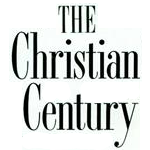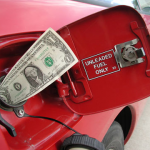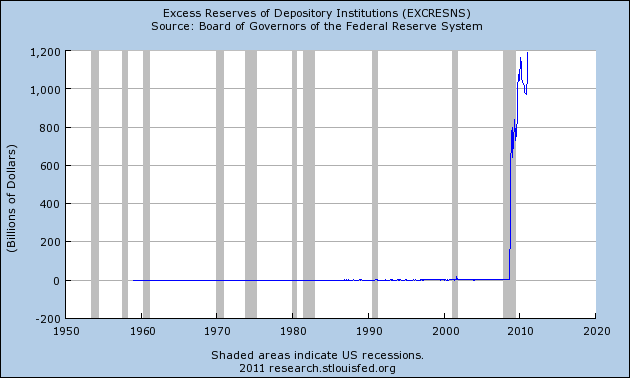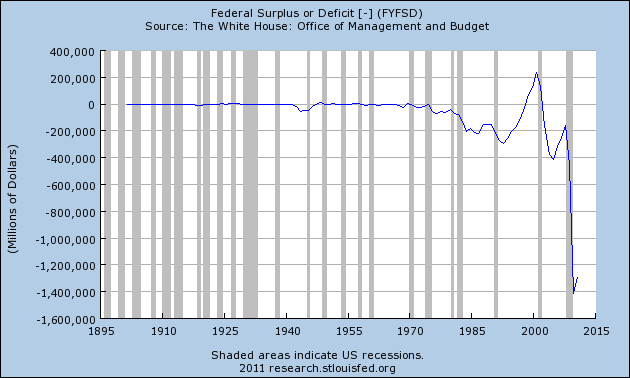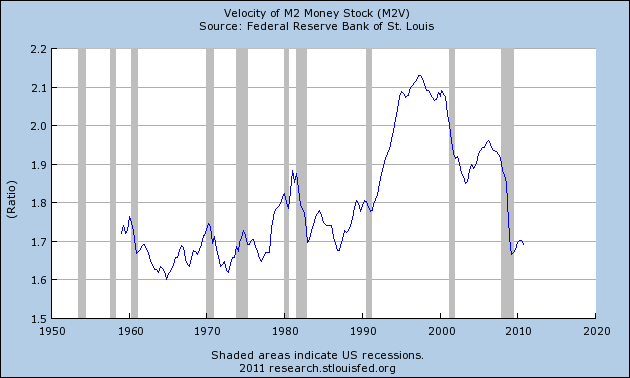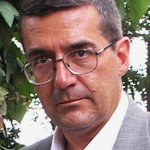
Deprecated: trim(): Passing null to parameter #1 ($string) of type string is deprecated in /home/aoiusa/public_html/wp-content/plugins/sexybookmarks/public.php on line 388
Deprecated: trim(): Passing null to parameter #1 ($string) of type string is deprecated in /home/aoiusa/public_html/wp-content/plugins/sexybookmarks/public.php on line 394
Deprecated: trim(): Passing null to parameter #1 ($string) of type string is deprecated in /home/aoiusa/public_html/wp-content/plugins/sexybookmarks/public.php on line 400
 Srdja Trifkovic offers trenchant analysis on world events for this reason: he is not bound to the liberal/neo-con vision of American foreign policy that justifies the invasion and domination of sovereign nations under the rubric that behind every dictator lies a nascent movement of political liberty waiting to emerge. This view is misguided idealism and naivete at best, cynical opportunism at worst, and it afflicts Democrats and Republicans alike. (It’s been the sum of liberal thinking since Viet Nam and maintained by neo-cons when moving over to the Republican side.)
Srdja Trifkovic offers trenchant analysis on world events for this reason: he is not bound to the liberal/neo-con vision of American foreign policy that justifies the invasion and domination of sovereign nations under the rubric that behind every dictator lies a nascent movement of political liberty waiting to emerge. This view is misguided idealism and naivete at best, cynical opportunism at worst, and it afflicts Democrats and Republicans alike. (It’s been the sum of liberal thinking since Viet Nam and maintained by neo-cons when moving over to the Republican side.)
The problem is that “regime change” affects in catastrophic ways the minorities in the countries where dictators are overthrown, including Orthodox Christian minorities in the Middle East who otherwise live in relative safety. Last month I heard William Krystol (a dean of the Washington neo-con establishment; Charles Krauthammer is another) urge American forces to enter Syria to topple the government. He had no idea what kind of government would replace it (not to mention that putting American lives as risk comes very easy to him) but anything is better than the present regime he argued.
Trifkovic explains below why that view is not only wrong-headed, but dangerous.

Source: Chronicles Magazine | Srdja Trifkovic
“Unrest in Syria has discomforted rather than shaken the regime of Bashir Al-Assad,” I wrote in the May issue of Chronicles (Cultural Revolutions, p. 6). “On current form it is an even bet that he will survive, which is preferable to any likely alternative.” The violence has become far worse since the editorial was written in mid-March and the regime looks somewhat shaken by now, but the overall conclusion still stands.
What was “last but not least” a month ago needs to be stated first now: the army and the internal security apparatus remain reliable in spite of several weeks of intense pressure. Contrary to the protesters’ claims of a split within army ranks, the soldiers are loyal to Bashir and to the regime—rather than to the Army as an institution (like in Egypt), or to whoever appears to be winning in the streets (like in Tunisia). The soldiers appear singularly unintimidated by mob violence, which is often instigated by the Islamists who treat “martyrdom” as an essential element of their destabilization strategy. The Syrian deaths are now in the low hundreds. This is well below the bimonthly score of our NATO “ally” Turkey during its clampdown on the Kurds in the 1980s, and less than the death toll of a single day of rioting in Saudi Arabia in 1987.
Less dependent on foreign countries than either Egypt or Tunisia, Bashir is virtually immune to U.S. pressure. Alarmed by the misuse of the UN Security Council Resolution 1973 by NATO as a quasi-legal tool of attempted regime change in Libya, China and Russia have successfully blocked an initiative by the U.S. and some of its European allies for the UNSC to condemn the Syrian government’s “attacks on peaceful protesters.” The regime in Damascus is certain there will be no Operation Libyan Freedom, and it is correct to make that assumption. It is also mindful of Qaddafy’s predicament when faced with Western demands and pressures.
Bashir is potentially sensitive to EU (especially French) sanctions, but he would rather risk such sanctions than agree to a string of unreciprocated concessions on the short road to self-annihilation. He can learn from the mistakes of Ben Ali and Mubarak. The first lesson is not to panic and not to appear weak. Bashir is making some concessions—such as the ending of the state of emergency and the promise of multi-party political system—but at the same time the authorities in Damascus are demonstrating “that they have the capacity for so much force” that they don’t have to use it all at once. We are nowhere near a genuine nationwide revolt yet, and the regime is nowhere near collapse.
Bashir’s major advantage is the absence of coherence and clarity among his opponents. He faces an enigmatic opposition movement, amorphous and apparently leaderless. It is conceivable that the opposition as a whole is more popular than the regime, but it is heterogeneous. There is the Muslim Brotherhood and several Ikwani splinters, as well as Saudi-supported Salafi groups, there are two armed communist factions and an array of other leftist secularists, there are Kurdish separatists, and other regional militias are beginning to emerge. Even if there were a free election, Bashir’s Ba’ath would likely remain the strongest single party.
In case of Bashir’s collapse the final outcome would be a fundamentalist Sunni regime controlled by the Muslim Brotherhood. The standard chant of Bashir’s opponents, “Allah, Freedom, Syria,” indicates the order of their priorities. Far from being latter-day Jeffersonians, they demand “freedom” from a modernizing, secularist government that has successfully kept political Islam on a tight leash for some decades now. It is therefore self-defeating, but sadly not surprising, that the U.S. appears actively engaged in encouraging an eventual regime change.
The prospect of a fundamentalist victory strikes horror into the hearts of Alawites, Druze, Christians, and secularists of all hues, who provide the bulk of government cadres and a third of Syria’s population. Many of them would prefer civil war to a regime change. The growing middle class—which includes many prosperous Sunnis—is also loath to see their country become more akin to the Kingdom of Saudi Arabia. The dislike of a common enemy can be a powerful bond, and Syria’s assorted heterodox Muslims, secularists, Sunni moderates and non-Muslim “infidels” know that they need to hang together with Bashir. Otherwise they are likely to hang separately and rapidly disappear, which is exactly what happened to Iraq’s previously stable and prosperous Christian community in the aftermath of the U.S.-led 2003 occupation.
The protesters capture the headlines but Bashir remains popular with a large segment of the population. This applies to the young, who account for more than a half of Syria’s 24 million people and many of whom have taken advantage of his economic liberalization over the past decade. They see the termination of the decades-long state of emergency as a key step on Bashir’s reformist path. “Syrians have two roads to choose from — both being calculated gambles,” the country’s leading author and commentator Sami Moubayed wrote a month ago. They either give Bashir the benefit of the doubt, or they entrust their future to a street movement that doesn’t have a clear command, vision, or agenda.
Some foreign proponents of Bashir’s downfall use the standard rhetoric of “democratic” regime change but do not give a hoot for what “the people” actually want, or what is optimal for the region’s long-term stability. It appears that they want to see him replaced by a hard-core Islamist regime in order to ensure that Syria becomes and remains weak and divided. Caroline Glick thus argued in The Jerusalem Post that Syria led by the Brotherhood would be no worse than that led by Assad. “What would a Muslim Brotherhood regime do that Assad isn’t already doing?” she asked. “At a minimum, a successor regime will be weaker than the current one. Consequently, even if Syria is taken over by jihadists, they will pose less of an immediate threat to the region than Assad. They will be much more vulnerable to domestic opposition and subversion.”
This is a remarkably short-sighted view. On current and recent form Bashir is not a threat to the region, “immediate” or otherwise. A Muslim Brotherhood regime would do all sorts of bad or unpleasant things that he isn’t doing. Bashir and his father have kept peace on the Golan Heights for almost forty years. An Islamist Syria would be unlikely to follow suit; its cue would come from the Hamas-ruled Gaza, Kassem rockets included. An Islamist Syria would become a stronger link in the Iran-Hizballah axis than Assad had ever been. If there is a Syrian civil war instead, it would spill over into Lebanon and Jordan immediately and into the Palestinian Authority soon thereafter. The region would become less stable than at any time since 1947.
None of these alternatives to Bashir are more desirable than his survival. His present connection with Iran is neither natural nor inevitable. He is a secularist with Alawite roots, whereas Ahmadinejad is a millenarian Shia visionary. Bashir may be ready for all kinds of deals—peace with Israel included—in return for Washington’s recognition of the legitimacy of his regime. He should be tested, because the road to Damascus cannot and should not lead through Mecca.
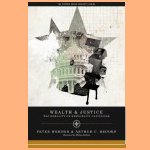
 Over the last several years I find myself more and more being drawn more into conversation about religion—specifically, Orthodox Christianity—and economics. Originally, my interest in the economic side of the conversation was minimal. Embarrassing though it is to say now, I only took one economics class in college and while I got a “B” I was an indifferent student of the subject.
Over the last several years I find myself more and more being drawn more into conversation about religion—specifically, Orthodox Christianity—and economics. Originally, my interest in the economic side of the conversation was minimal. Embarrassing though it is to say now, I only took one economics class in college and while I got a “B” I was an indifferent student of the subject.